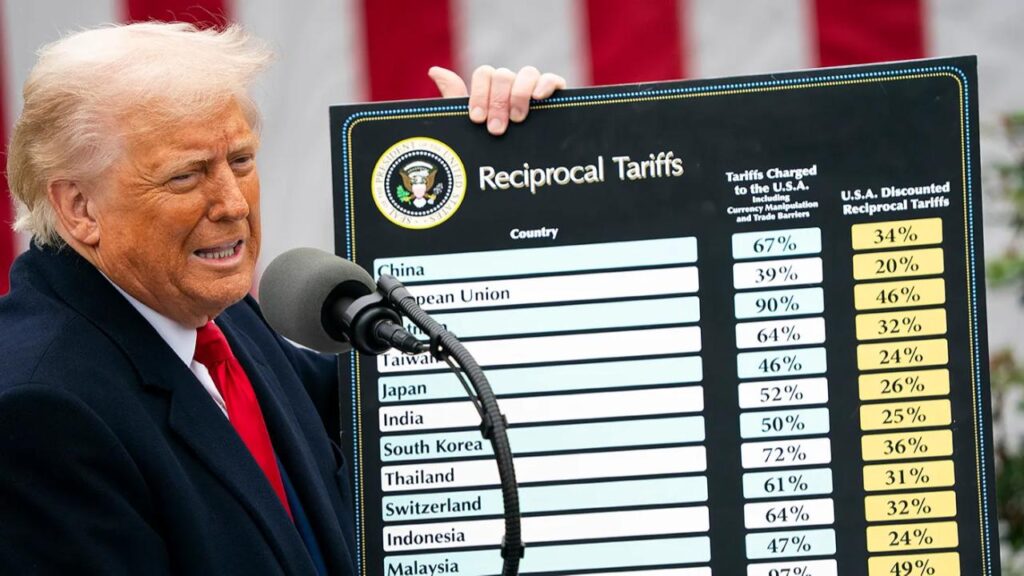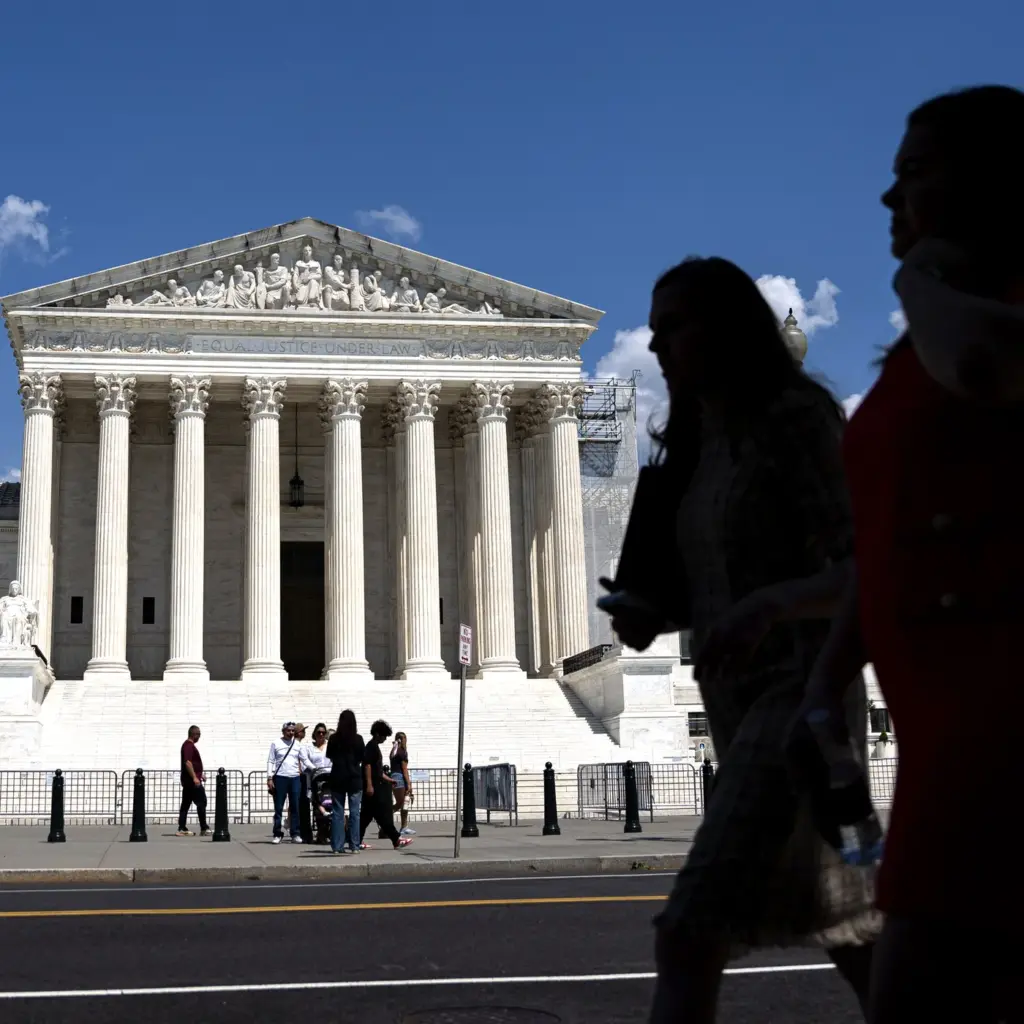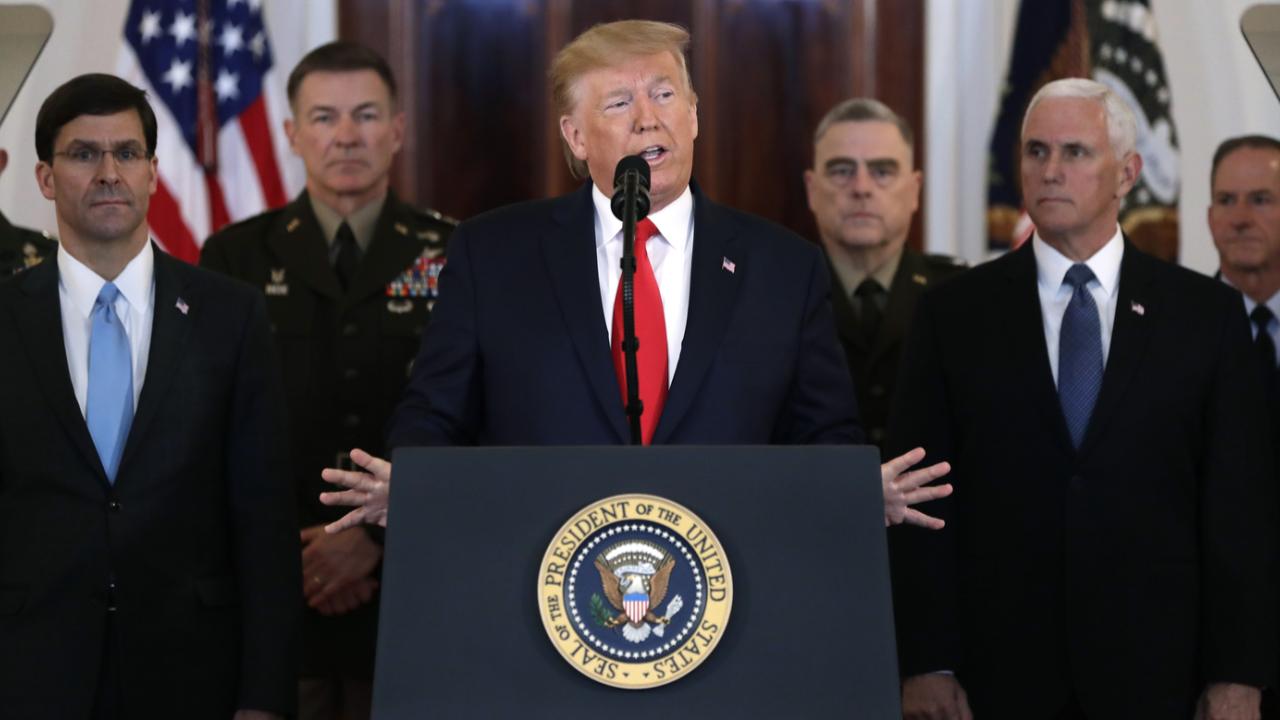Former President Donald Trump’s sweeping use of emergency powers to impose global tariffs is now headed for a potential Supreme Court clash, as companies push for an urgent ruling on whether his actions were legal. This case is more than a trade dispute—it’s about how much power a president can grab with the stroke of a pen.

Tariff Case Is the Linchpin of Trump’s Policy Ambitions
| What’s at Stake | Stat |
|---|---|
| Possible annual economic impact | $600 billion |
| U.S. tariff rate in 2025 | 15.6% |
| Key court date | July 31, 2025 |
The Supreme Court could soon define how far a president can go in reshaping the global economy with emergency powers. The stakes are huge—not just for Trump’s legacy, but for every American business navigating today’s tangled trade landscape.
Trump’s Tariff Tactic: How We Got Here
In early 2025, Trump invoked the International Emergency Economic Powers Act (IEEPA) to slap tariffs on nearly all imported goods. He argued the U.S. faced national emergencies tied to trade deficits and fentanyl trafficking. No president had ever used IEEPA this way—it was typically a tool for sanctions on hostile nations or terrorist groups.
The move triggered lawsuits from manufacturers and retailers, including educational toy companies like hand2mind and Learning Resources, who claimed the tariffs threatened their ability to operate.
In May, federal judges in D.C. and the Court of International Trade ruled the tariffs unconstitutional—but paused enforcement, allowing the duties to stay in place pending appeals.
Why the Supreme Court Could Step in Now
1. Companies Demand Urgency
Hand2mind has filed a rare request for the Supreme Court to intervene before the appeals court even hears the case. They argue the tariffs are creating chaos for small businesses and harming consumers.
“We’re dismantling a 40-year-old supply chain,” CEO Rick Woldenberg told Business Insider. “We don’t have the luxury of waiting.”
2. Legal Fireworks Ahead
At the center of this legal drama is whether Trump’s use of IEEPA trampled Congress’s exclusive power to set tariffs. Legal scholars expect the “major questions doctrine”—which requires clear congressional approval for major actions—could come into play.
Some experts believe the Court’s conservative majority may favor a strict reading of the law, even if it undercuts a Republican president. “It’s a fascinating test of ideology versus institutional limits,” said trade lawyer Susan Aaronson.
3. Global Implications
Markets have already responded. When courts initially blocked the tariffs, stocks rose worldwide as businesses anticipated relief.
Foreign trade partners are watching closely. A reversal could reframe ongoing trade talks with China, Mexico, and Canada.

The Broader Stakes for U.S. Power
This case isn’t just about toys or taxes.
It’s about who gets to set economic policy during emergencies. If the Court rules Trump overstepped, it may shut down a path future presidents might take on issues ranging from energy to public health.
It also means Congress could claw back power from the executive branch—something lawmakers in both parties have hinted at supporting after years of expanding presidential authority.
What’s Next
- July 31, 2025: The Federal Circuit will hear the appeals. If the Supreme Court denies early review, this hearing will shape how the case progresses.
- Fall 2025: If the High Court grants the request, expect oral arguments during the October term, with a decision possibly landing in 2026.
Personal Insight
As someone who’s covered trade policy since NAFTA days, this moment feels pivotal. I’ve seen presidents push the edges of trade law—but Trump’s IEEPA gambit broke the mold. The legal aftermath could redraw the balance between Congress and the White House for decades.
FAQs
What is the IEEPA?
The International Emergency Economic Powers Act lets presidents restrict commerce during national emergencies, usually against hostile actors—not general trade partners.
Could the tariffs be refunded?
If the Court rules them illegal, importers may be entitled to billions in refunds on duties already paid.
Will this affect other Trump tariffs?
Only tariffs imposed under IEEPA are at risk. Section 301 and Section 232 tariffs, like those on steel and Chinese tech, remain unaffected for now.






